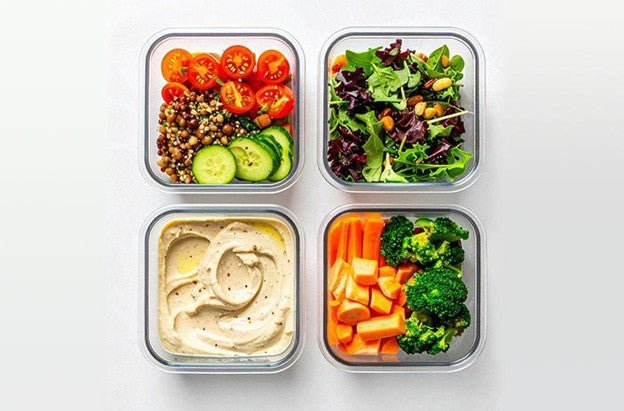Razab - July 2024
5 Simple (but Important) Tips for Cooking Fish Straight from the Freezer

It’s a situation that happens to the best of us: You have grand plans to cook fish for dinner and look forward to it all day; but once dinner time rolls around, your plans are derailed. You forgot to defrost it.
It’s a situation that happens to the best of us: You have grand plans to cook fish for dinner and look forward to it all day; but once dinner time rolls around, your plans are derailed. You forgot to defrost it.
1. Know that some varieties of fish are better suited to cooking from frozen than others
While you might assume that fattier fishes such as salmon or swordfish would be best suited to cooking from frozen, lean fish such as cod and tilapia are actually great choices. This is because lean fish often have less moisture content, so they are less likely to become soggy when cooked from frozen. Lean fish varieties, in addition to cod and tilapia, include bass, halibut, and grouper. (This isn't to say you can’t cook salmon or other fatty fish from frozen; just make sure to follow the steps outlined below.)
Another thing to keep in mind is the size of the frozen fish filet. Stick to smaller filets and avoid any large pieces such as whole sides of salmon. The latter is too large and runs the risk of the center not cooking all the way.
2. Pick the right cooking method
Some cooking methods are better suited to cooking fish from frozen than others. This is because frozen fish tends to release a lot of moisture while cooking, so pan searing is not recommended. Instead of the fish browning in the pan and becoming crisp, the water released while cooking steams the fish and prevents it from browning. Instead, stick to baking, broiling, steaming, or poaching. The latter two are some of the easiest and most forgiving ways to cook fish from frozen and result in tender, delicate filets. And unlike pan searing, baking and broiling help evaporate the moisture that’s released during cooking so the fish has the chance to brown. (And browned fish equals flavorful fish!)
3. Give your frozen fish a quick rinse and thorough drying
If you’re taking the baking or broiling route and want to further your chances of browning the fish, give your filets a quick rinse under cold water before cooking. This will remove the thin layer of ice crystals on the outside of the filet that would otherwise prevent the outside from browning. Once you rinse them, make sure to thoroughly dry them with a paper towel to remove any excess moisture.
4. Be prepared to sacrifice the skin
Because frozen fish filets release so much moisture as they cook, you're not going to achieve a perfectly crispy skin like you would cooking fresh or thawed fish filets. No matter how much you try, the skin will turn out soft and flimsy. Because of this, if your frozen filet has skin still attached to it, you should either remove it before cooking (if it’s not too difficult) or simply cook it with the skin on and remove it once cooked. If you really want a crispy-skinned filet of fish, you're better off cooking the fish once thawed. There’s just no way to achieve it when cooking from frozen.

5. Expect a longer cook time
If you’re following a recipe that calls for fresh or defrosted filets but are using frozen ones, anticipate having to add a few minutes to the cooking time. This will account for the fact that the interior of the fish is frozen and, as a result, takes a bit longer to come up to temp. For example, if your recipe says to bake a fresh filet for 15 minutes, expect to bake your frozen filet for at least 20 minutes. If you’re unsure if your fish is fully cooked in the center, you can always insert an instant-read thermometer into the center of the filet. If it’s 145°F or higher, it’s done.




